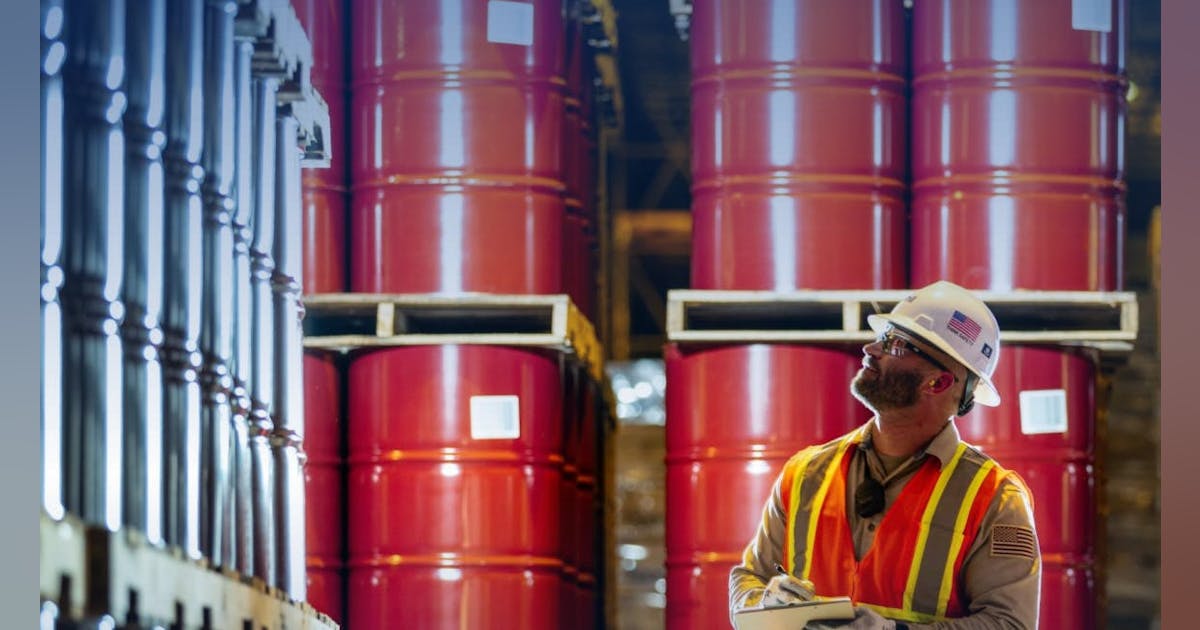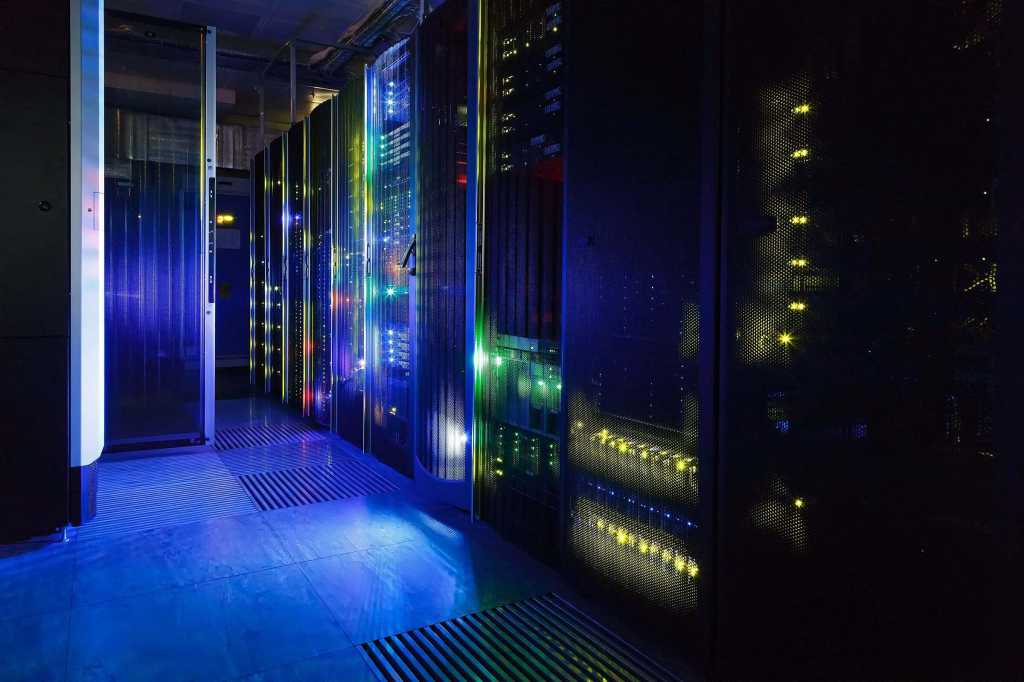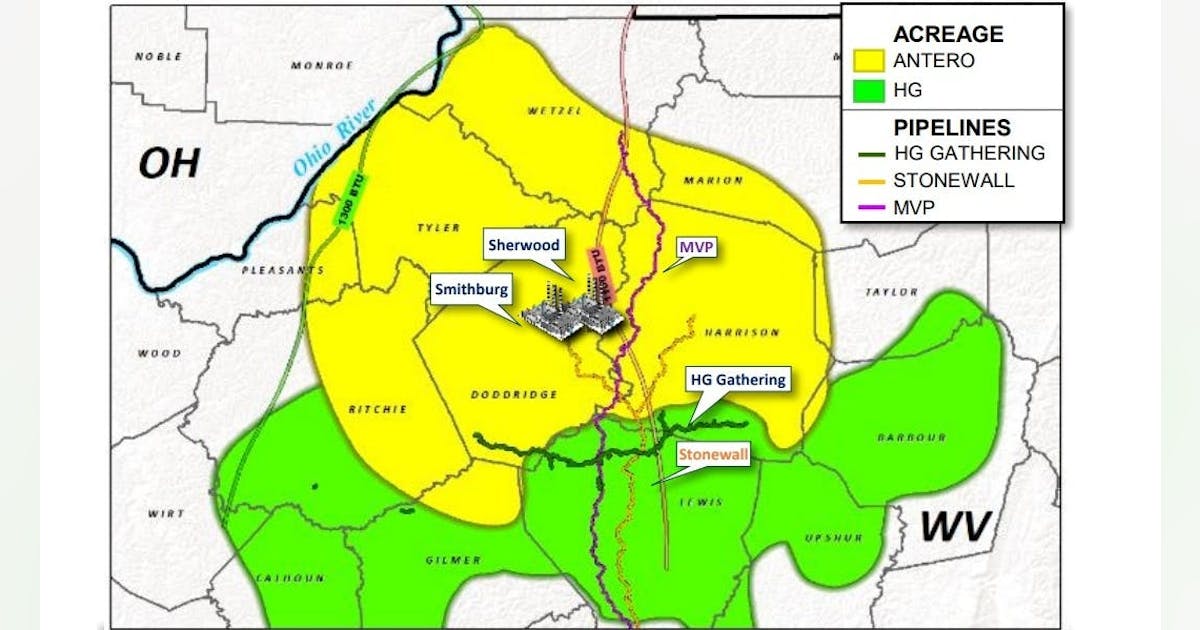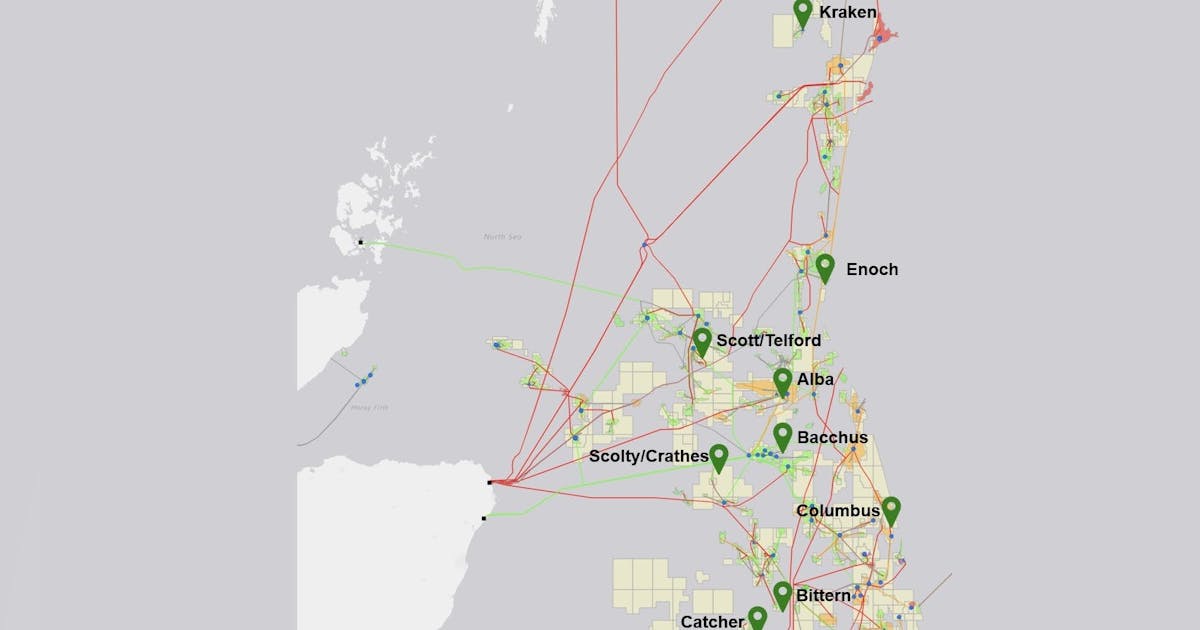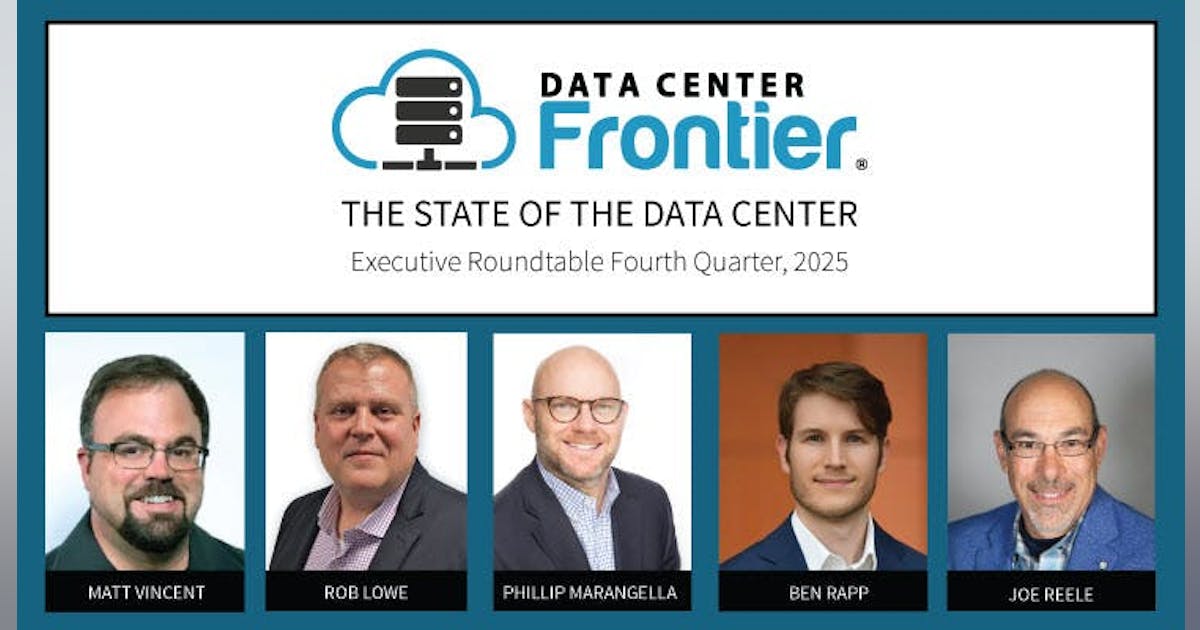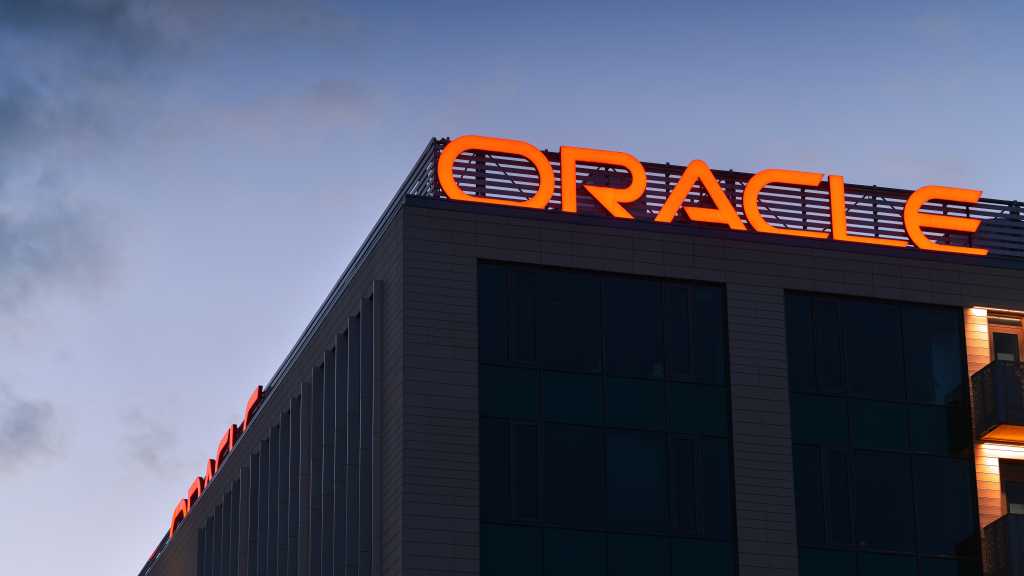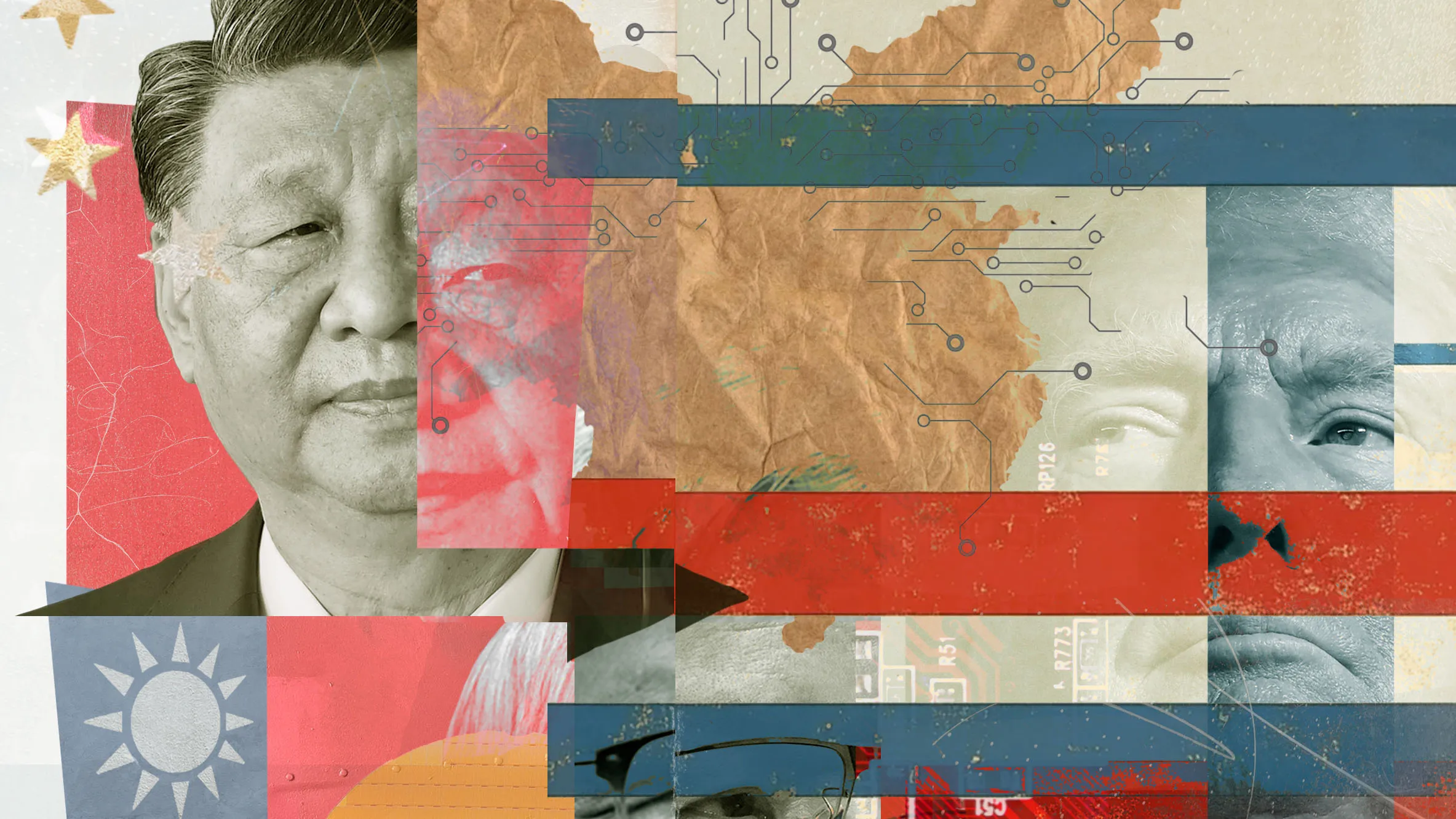Nuclear has outstripped oil and gas as the UK’s largest sector in the engineering construction industry as 71% of employers experience recruitment challenges.
“The hiring challenges are predominantly for skilled workers where engineering construction companies are competing to recruit from the same pool of experienced workers,” said Engineering Construction Industry Training Board (ECITB) chief executive Andrew Hockey.
This continues a trend of ECITB drawing attention to the industy’s skills gap. The group highlighted the issue last year in its Inspiring Directions report and in the 2021 workforce census.
The ECITB has unveiled in its 2024 workforce census that nuclear accounts for 39.2% of all workers, surpassing oil and gas at 35.2%.
Despite this, offshore workforce deployment remains “substantial”, according to ECITB.

Those in the field account for nearly 10% of the ECI workforce, however, this is down by 2% when compared to 2021’s reports.
Renewables have witnessed an uptick in workers since the last report three years ago.
ECITB said that the sector had witnessed “rapid growth” as it nearly doubled its share of the ECI workforce – its in-scope workforce share has now jumped to 6.2%.
The training board highlighted that hydrogen and carbon capture had experienced significant growth, as they now account for 1.1% and 1.2% of the workforce respectively.
Engineering to see double-digit growth in workforce by 2027
As firms struggle to find workers, they remain hopeful that workforce numbers will grow in the next three years.
Employers from across the ECI told the training board that their workforce is set to increase by 15.9% between 2024 and 2027.
ECITB questioned 162 establishments, which shared data on 1,621 locations.
The census added: “However, weighting employers’ responses by their respective workforces shows that the aggregated employers’ expectation is that the workforce could increase by 11.7% between 2024 to 2027.”
If this prediction comes to fruition, the ECI will encompass 105,750 workers by 2027 – however, this will be contingent on firms securing contracts.
 © Supplied by NESCol
© Supplied by NESColHockey added: “Only through bringing in new talent, training and upskilling existing workers can industry benefit from the skilled workforce it needs both for now and the future.”
Overall, the census gathered information on 74,609 workers representing 78.8% of the in-scope workforce. This is a significant increase from the 45,000 questioned three years ago.
“Thanks to a record response rate from the ECI, up from 54% of the workforce covered in 2021 to 78.8%, the ECITB will now be able to provide more precise, up-to-date data to industry and make predictions on future workforce trends and labour demands,” said Hockey.
Data from the reports will contribute to ECITB’s Labour Forecasting Tool which charts workforce trends.
Almost half of those in the UK would not work in oil and gas
Last year the training board found that 49% of the general population would not consider a job in oil and gas.
When asked, “Would you consider joining the following sectors?” The general public showed that they were more willing to pick up a role in renewables than oil and gas or nuclear.
Only 17% of respondents said they would “absolutely” consider a job in oil and gas, as ECITB found that men were more likely than women to consider working in the sector – compounding industry stereotypes around the gender imbalance.
Those between the ages of 20 and 29 were more likely to consider work in oil and gas than those over the age of 30 or between 16 and 19, ECITB’s Inspiring Directions report found.


